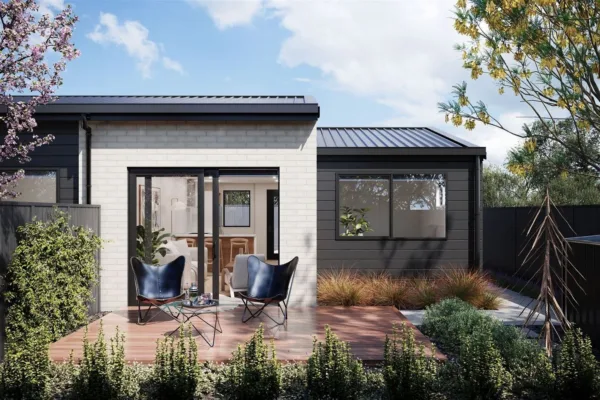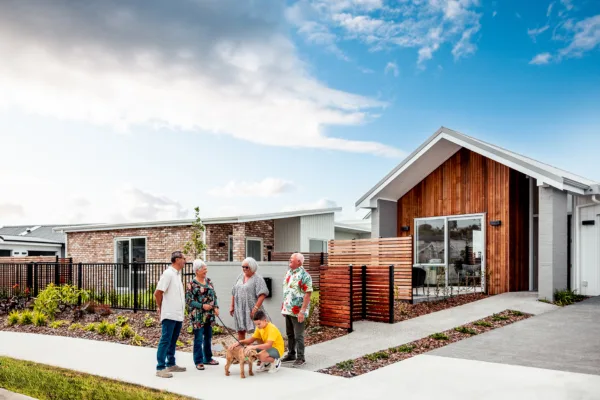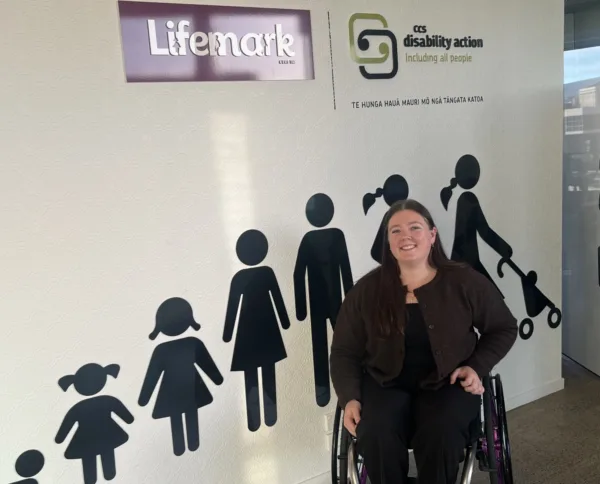Lifemark Universal Design Champion – Adam Wakeford
Lifemark Universal Design Champion – Adam Wakeford
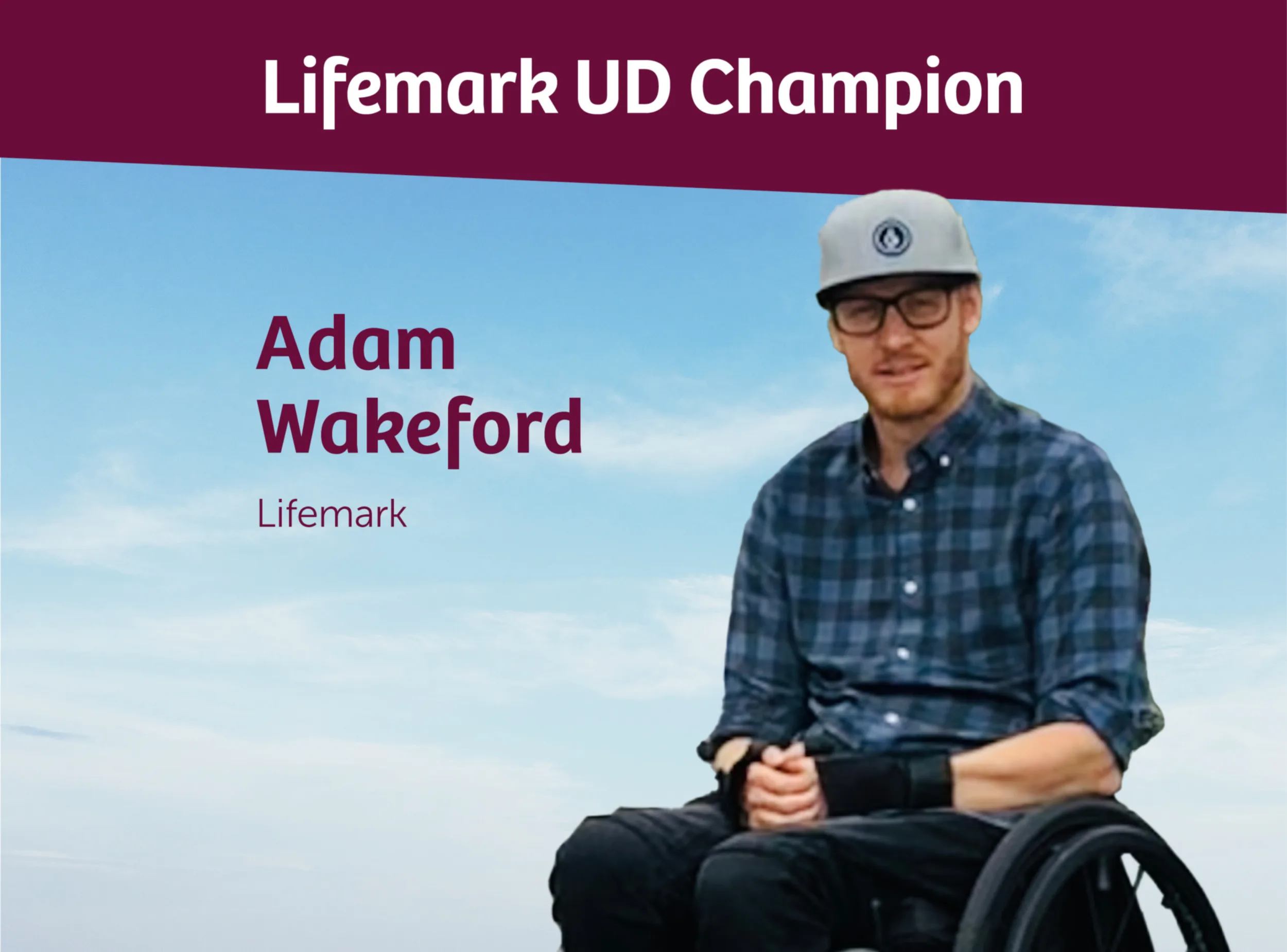
At Lifemark, we believe it takes a village to create spaces that work for everyone, and we love celebrating those who are making waves in the Universal Design space – our UD Champions.
This month’s Champion is extra special as they come from within the Lifemark team. After an amazing 12-year career with Lifemark, we are saying farewell to Adam Wakeford, so we sat down with him to discuss his achievements and hear his thoughts on all things Universal Design.
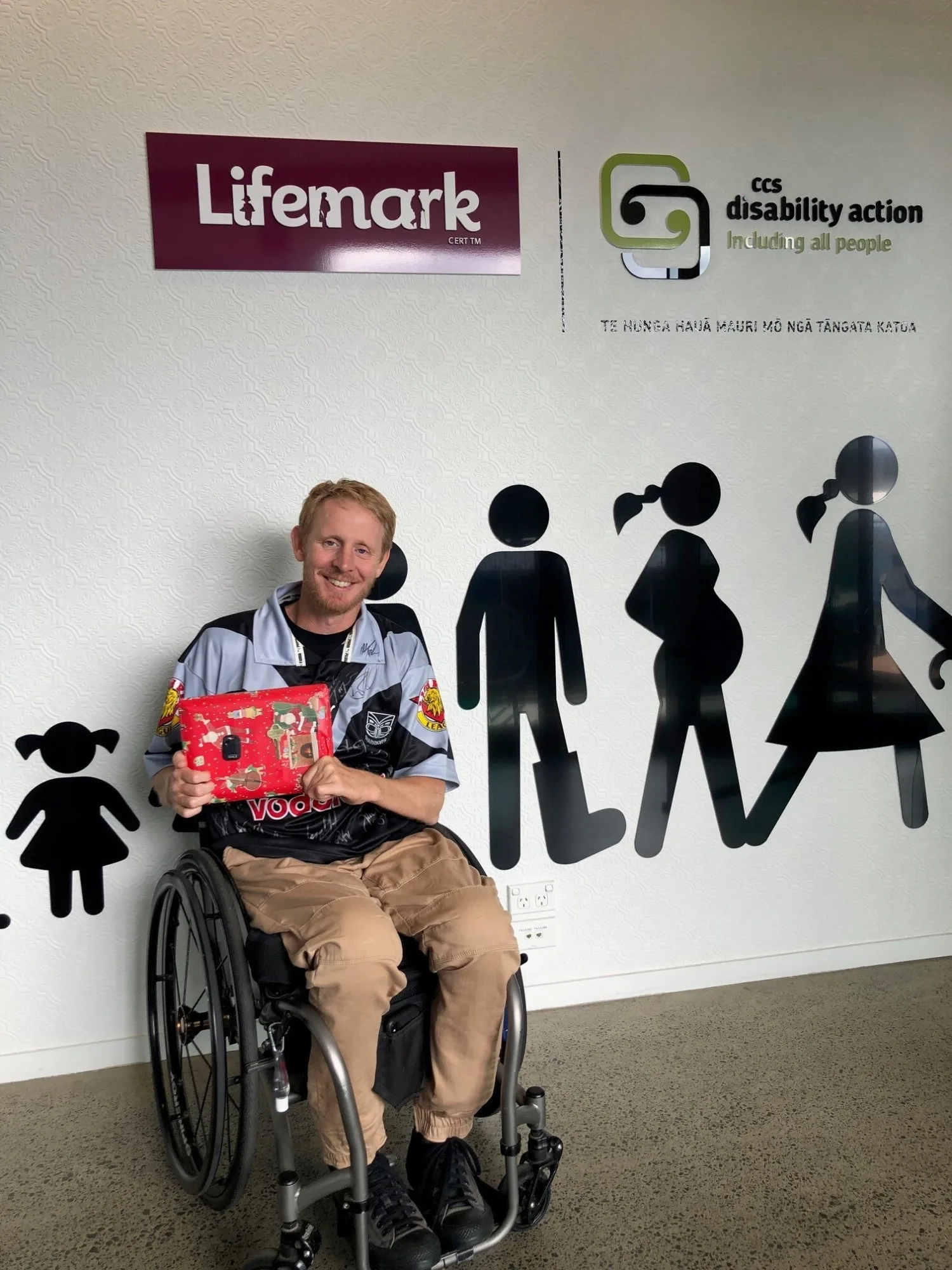
Tell us about your personal journey and your time with Lifemark.
Adam: In 2001 at 22 years old, I had just qualified as a builder and decided to celebrate with a group surfing trip to Bali, when I dove into a swimming pool and broke my neck – an accident that left me in a wheelchair. After going through the journey of rehab, I had to rethink what was next in my life as I knew I couldn’t go back to building.
I wanted to stay in the industry so I decided to do a diploma in architectural technology and become a draftsman. But as soon as I qualified, I knew it wasn’t for me and I didn’t have a passion for it. It was around that time that I heard about BarrierFree and took their accessibility training, which eventually led to me becoming a BarrierFree advisor where I gained a really good understanding of how people with different impairments have different needs.
Through BarrierFree I was introduced to Lifemark and was immediately interested in the work they do. Six months after making initial contact with them, I was offered a part-time role as an assessor.
This felt like a great fit for me because besides being a wheelchair user myself, I knew the building code and had experience in the construction industry, so I could work well with architects and builders and understand the technical jargon they use. A lot of designers don’t have much experience with disability and when I would go on site in my wheelchair on occasion, I found that this really helped people understand the importance of access features.
When Geoff became the General Manager of Lifemark, he was looking to progress the standards that we use for our assessments and needed someone who had the expertise to dedicate themselves to this work. I became the lead assessor and worked with him to provide feedback and information, along with my own perspective as a wheelchair user.
As more work came in and we got busier, I subsequently had the opportunity to train new team members to do assessments and have since spent my time overseeing our projects and supporting the development of our standards. It has been an amazing journey and I’m so grateful for my time here.
How did you first learn about the concept of Universal Design?
Adam: I’ve been lucky enough to play wheelchair rugby for New Zealand, so I was part of the national team and spent seven or eight years travelling the world. It was a great bunch of guys who taught me a lot and really opened my eyes to the opportunities that were still there for me.
In getting to know my teammates and spending time in the spinal unit with people who had a range of impairments, it became clear that no two wheelchair users have the same needs. I learned pretty quickly after my injury that accessibility is a huge issue, and I soon got sick of having to be carried up and down the stairs at friends’ houses! It was around that time that I heard about Universal Design and how it could help break down those barriers that disabled face in their everyday lives, and it just made sense to me.
"I personally only feel disabled when my environment disables me. When I’m at home, I don’t feel disabled. And I don’t like feeling disabled, no one wants to be dependent on other people. Universal Design is about allowing people to live an independent life and not feel like a burden."
Why is Universal Design important to you?
Adam: Obviously, I have that lived experience where I’ve needed Universal Design from the day I left the spinal unit, but if I look back I can see the need for it extends far beyond that. We used to host Christmases at my house because it was the only one that my Nana could get into, and when I go to malls I look around and see people with broken legs struggling to move around.
Statistically, one in four New Zealanders currently has an impairment of some form and almost 100% of people will have one at some stage of their lives, even if temporarily. Most of us were probably pushed around in prams as babies, and those of us who don’t have mobility impairments will likely still need to rely on a walking frame when we reach the ripe old age of 100.
So, in my mind, everyone is going to need assistance or a mobility aid at least twice in their lives, and that’s if they don’t have any accidents or health problems. It’s not just about me, it’s about everybody I see around me.
I personally only feel disabled when my environment disables me. When I’m at home, I don’t feel disabled. I can go into my kitchen, I can go into my backyard, I can do anything I want. But as soon as I go to a friend’s house and they say the toilet is down three stairs, that’s when I feel it. And I don’t like feeling disabled, no one wants to be dependent on other people. Universal Design is about allowing people to live an independent life and not feel like a burden.
Tell us about the most memorable Universally Designed project you have been involved in.
Adam: For me, there’s no one project but I’m always passionate about projects where I’m dealing with an individual and I know they have mobility requirements. I like being able to put the time into understanding the person’s needs and anticipating their future requirements might be.
I get a sense of worth from being able to say, “Hey, why don’t you try this design feature” or “Why don’t you consider cutting the corner off your hallway to make your turning circle easier?”. People often can’t visualise plans or don’t know what products are available, so having that advice can make a huge difference to their independence in the end.
I think that’s what sets Lifemark apart globally – we have an assessment and assurance process. We work with the architect and the designer as the plans progress, and we might talk to a designer or a homeowner seven or eight times before the plans are even consented and are there for them right till completion.
“What sets Lifemark apart globally [is] we have an assessment and assurance process. […] We really form a relationship with all the clients and people we work with and are alongside them to help throughout the process.”
What is one thing you want everyone to know about Universal Design?
Adam: Good Universal Design is not accessible design. It doesn’t need to look like a hospital. It doesn’t need to look like a scaffolded ramp to your front door. People often picture it as a shower curtain and horrible vinyl on the floor and a tiny little vanity with no storage.
But if you design it right from the onset, you can build it into the design and then the Universal Design features are actually hidden. You don’t even feel like you’re living in an accessible home, you just have a beautiful space that meets all your needs and allows you to keep your independence for the long term.

